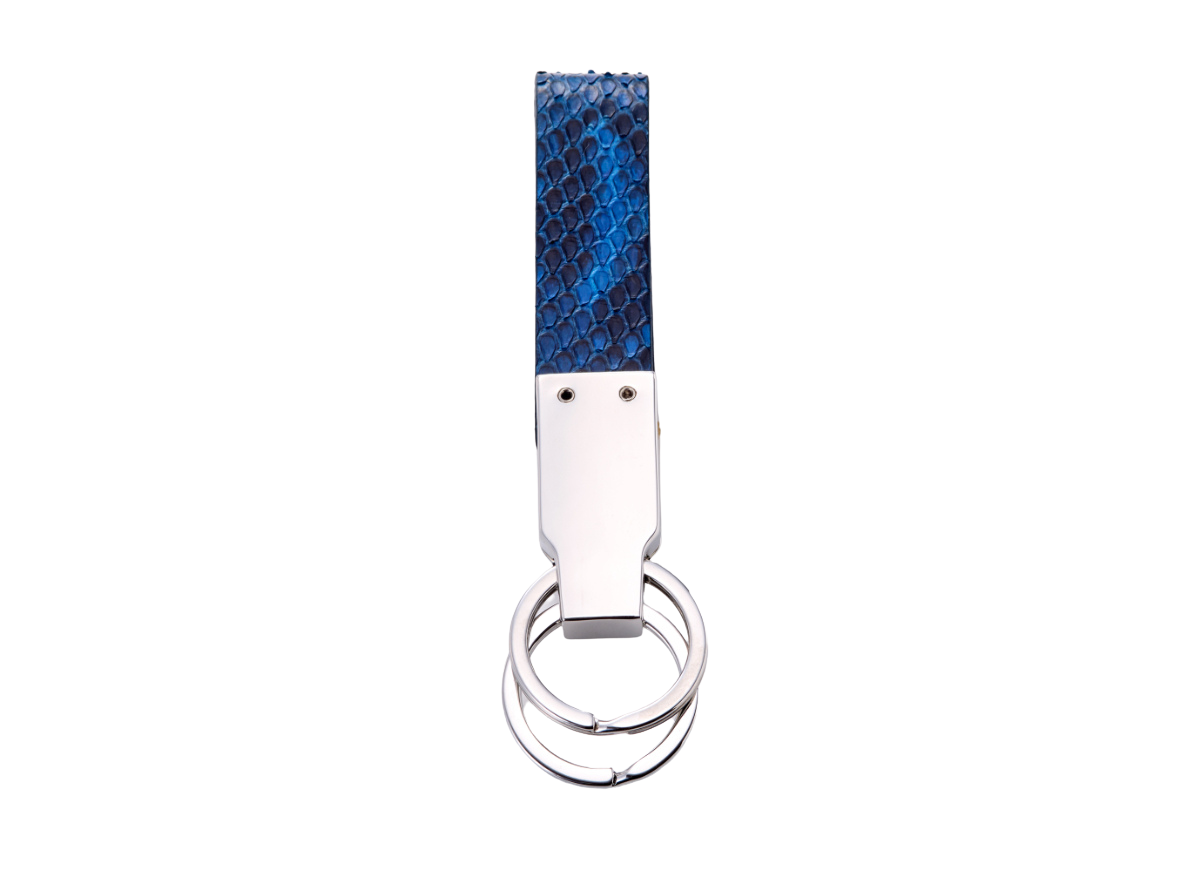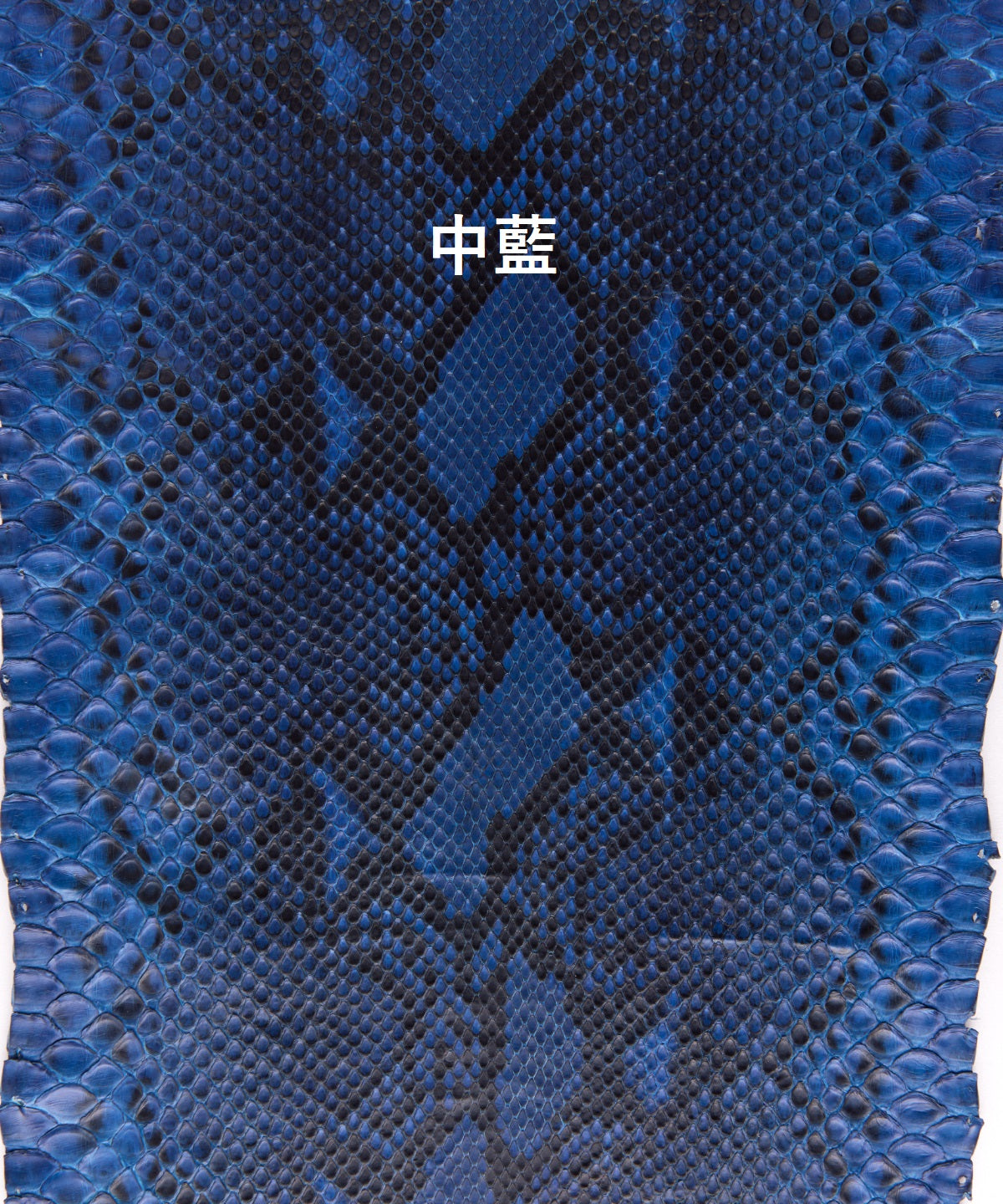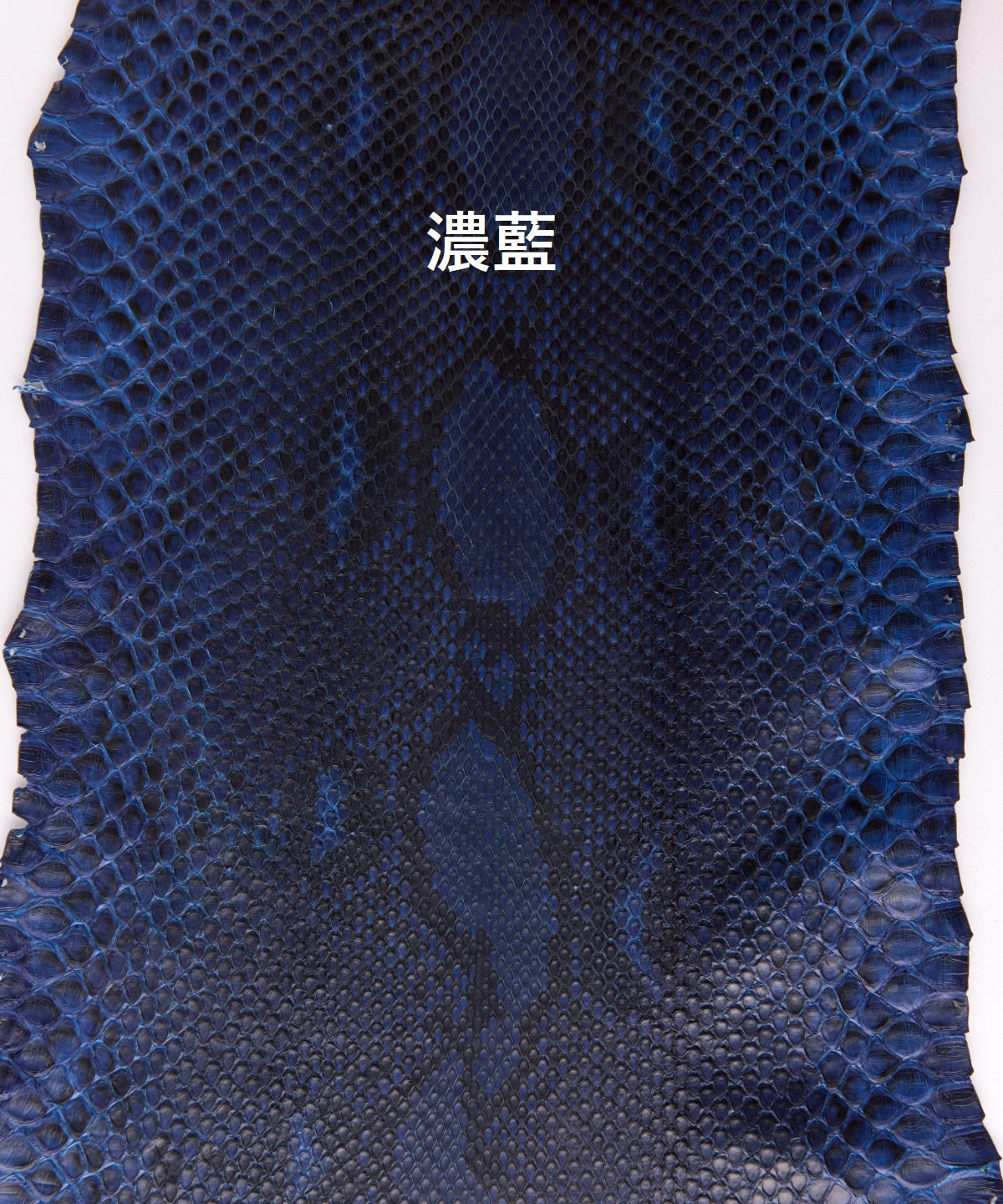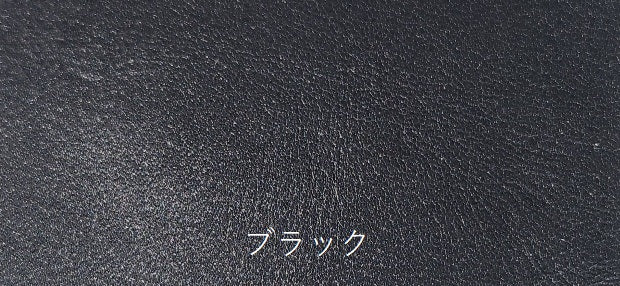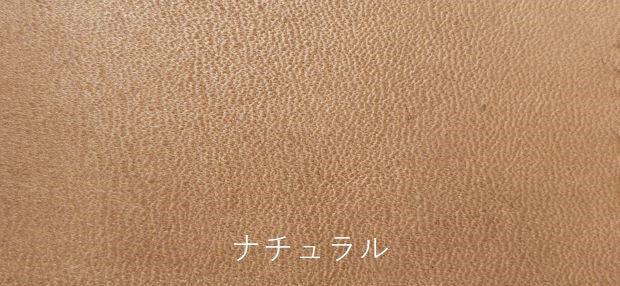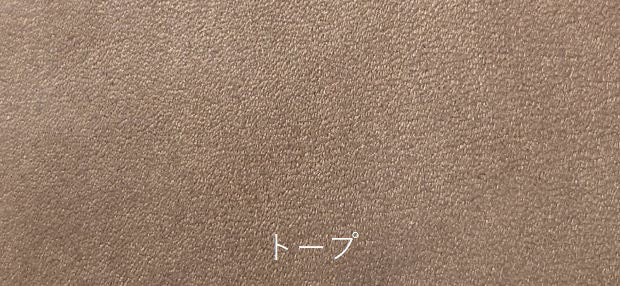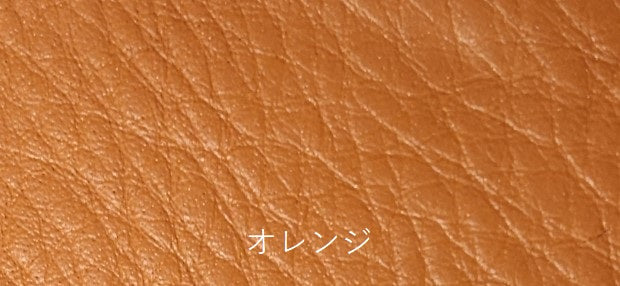Indigo-dyed python "PYTHON BLUE" coin case, front cut
Indigo-dyed python "PYTHON BLUE" coin case, front cut
Couldn't load pickup availability
" PYTHON BLUE " is a collection of PULAU products that uses diamond python ( snake leather ) dyed with indigo using the traditional Japanese method of "natural indigo lye fermentation."
This is a product I would definitely recommend to anyone looking for the real thing!
The coin case from the Python Indigo Dye Series " PYTHON BLUE " is a compact palm-sized item that fits easily in your pocket or mini bag, making it a popular item for both men and women. The pocket has a large gusset, so it has more capacity than it looks, and it has a divider so you can separate things. In addition to coins, it can also be used as a medicine case or accessory case. If you want to separate coins by using it together with the long wallet (listed separately), you can use it as a set.
This three- piece set includes a long wallet, coin case, and card case, and we recommend using them depending on the situation.
Variations
1. Types of cuts (patterns)
- "Front Cut" - Cut the belly side of the snake to show off the pattern on its back.
・"Back cut" - Cut the back of the snake to make use of the belly pattern.
2. Indigo dye colors
Light blue, medium blue, dark blue
* The product image is medium indigo.
3. Color of the leather part
Black, Natural, Taupe, Onregi
Material: Snakeskin (diamond python) and cowhide
Snakeskin: Indigo Cut: Front cut
Cowhide: Black, natural, taupe, orange
Size: W8xH7xD2.0 cm
What is "natural indigo lye fermentation"?
The leather material used in our products is carefully hand-dyed one by one at the Aizomeya indigo dyeing workshop in the naturally rich Minamisatsuma city of Kagoshima prefecture.
Using a traditional method called "natural indigo lye fermentation" that has been passed down since before the mid-Edo period, the dye is made by fermenting the raw material, sukumo, from Tokushima in a jar for about 10 days. No chemicals or chemical dyes (synthetic indigo) are added for color matching, mass production, or efficiency, as is commonly done in the dyeing process.
Dyeing artisans rely on their experience and intuition to manage the materials daily according to the climate and conditions, and by communicating with living indigo, they create the beauty of a natural indigo color with depth. Due to the spread of synthetic indigo from around the early Meiji period, it is said that there are only a handful of dyers in Japan who faithfully adhere to this traditional method of dyeing with 100 % natural ingredients, making it extremely rare and valuable.
☆ Because this is a dyed product made from natural materials, there are individual differences in the shade of the dye and the pattern of the material. The image is for reference only. The product tends to appear slightly brighter than the actual product.
☆ About handling
・Leather products may become scratched, discolored, or stained due to exposure to water or friction. If the product gets wet, dry it thoroughly in the shade and store it away from moisture and direct sunlight.
・Because the material used is soft and delicate leather, please be careful not to put it in a place where it will be under pressure, such as in a clothing pocket, or to overstuff it, as this may cause deformation or the zipper to break.
・When cleaning, please use a cleaner that is suitable for the material. Indigo dyed products may discolor when exposed to chemicals, so we recommend that you refrain from using commercially available leather cleaners on the indigo dyed parts.
Share

